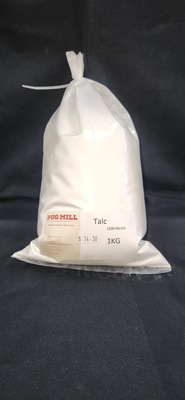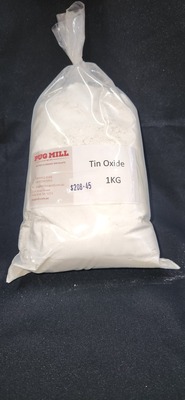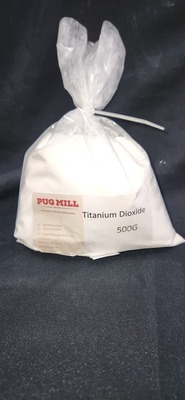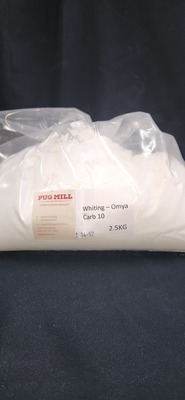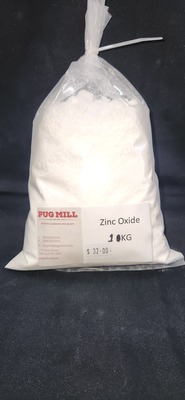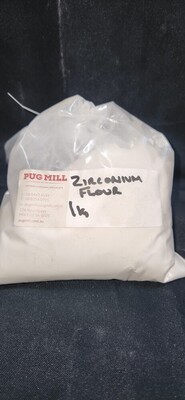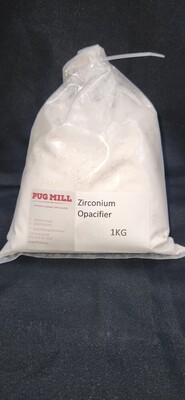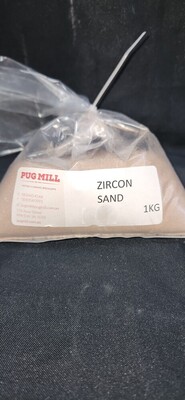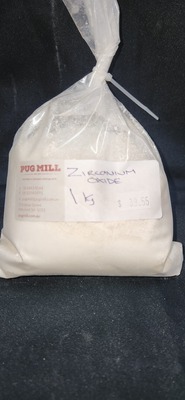Powdered Materials
Talc (300 Mesh)
PM-Tal
Used as a flux in bodies, particularly those fired at a low temperature. A secondary flux in both high and low temperature glazes. In large quantities it produces typical magnesium glaze effects i.e. opaque appearance with a matt surface. It also produces interesting colour variations with cobalt and manganese.
Terracotta Concentrate
PM-TeCo
1kg
Add to most casting bodies at 10% to achieve beautiful Terra Cotta
Titanium Dioxide
PM-TitDi
A glaze additive producing a creamy white colour with a semi-matt surface. Slow cooling assists the crystallization which produces opacity. It is widely used in crystalline glazes.
Whiting - Omya Carb 10
PM-WhOmCa10
Calcite
A purer form of crystalline Whiting. The main source of calcium in bodies and glazes and the most commonly used flux in high temperature glazes. It also lends hardness and durability but used in excess it produces a dull matt or rough surface (30-50%) especially in low fired glazes. Under reducing conditions it assists in the development of celadon colour.
Zinc Oxide
PM-ZcOx
Useful as a flux in the middle to high temperature ranges; in small amounts is very active, contributing to a smooth, even and trouble-free glaze. However, glazes which rely mainly on zinc as a flux have a tendency to crawl and may also be subject to pitting and pin holing. When used in large quantities it produces opacity, matt finishes and dryness of texture (5-15%). Zinc Oxide contributes greatly to opacity when used in conjunction with zirconium (1-4%). A material that can have a number of effects on the performance of a glaze. It is the only source of zinc for glazes and in small quantitiescan alleviate crazing problems and increases the firing range. In larger quantities it can be used to supplement opacifiers such as tin. Above 10% it develops a cool white, crystalline matt surface. It does not opacify those glazes containing boron.
Zircon Opacifier
PM-ZiOp
Zirconium Silicate/ Zircosil 5
A very fine version of zirconium silicate, a 6-9% addition produces semi-opaque glazes.


